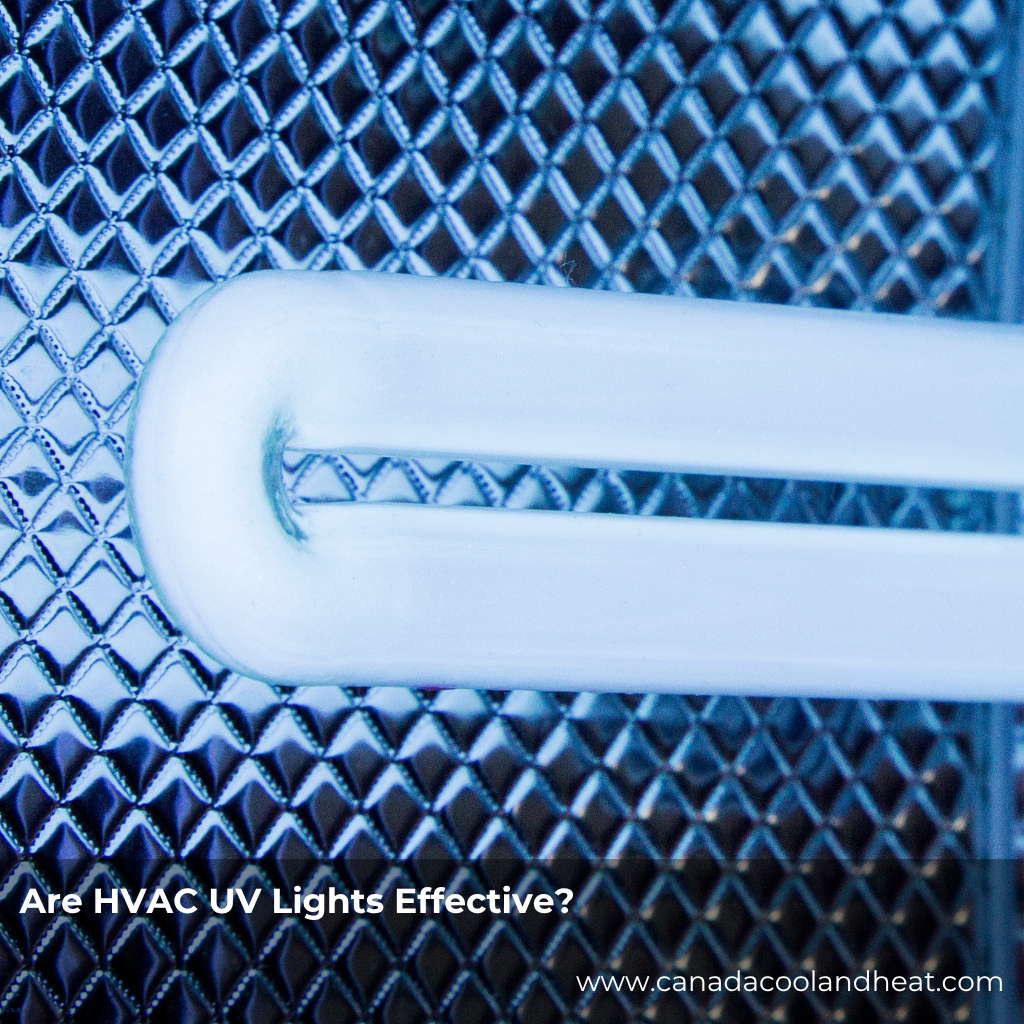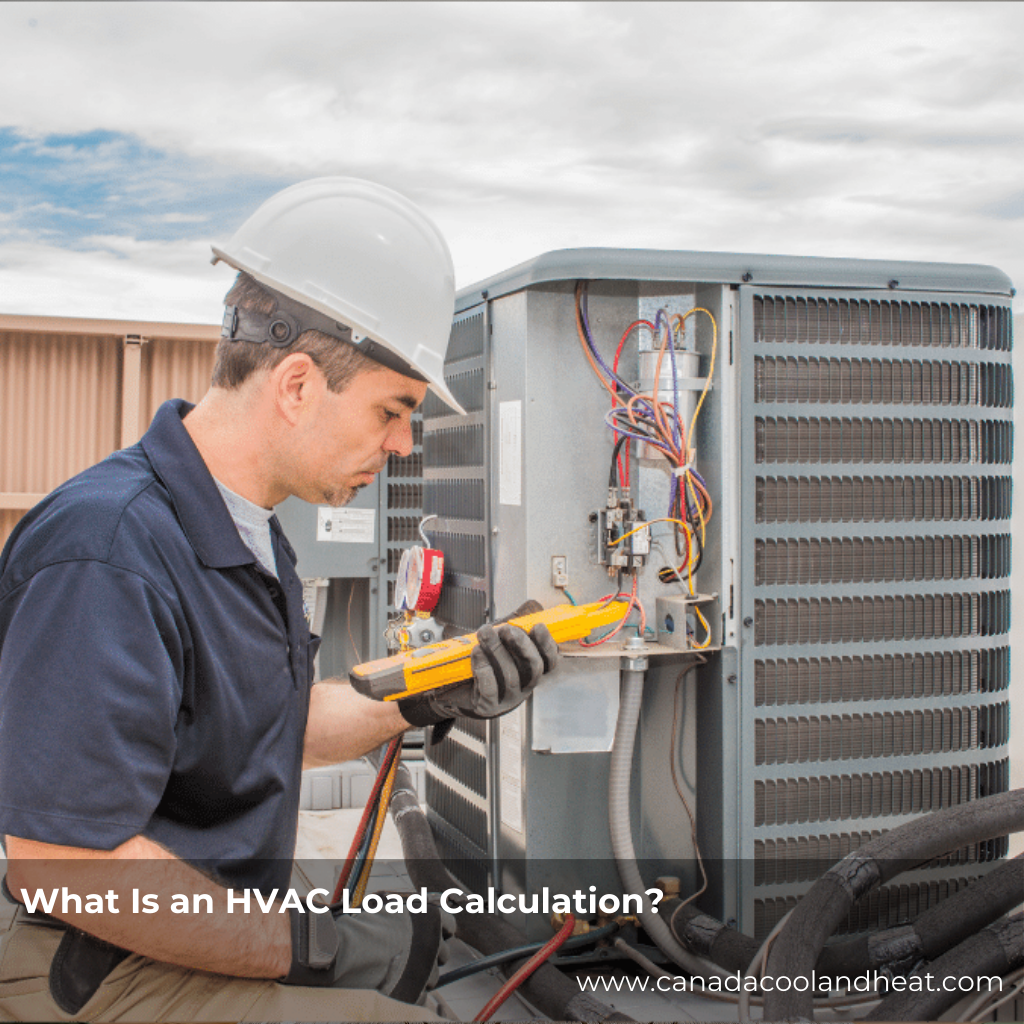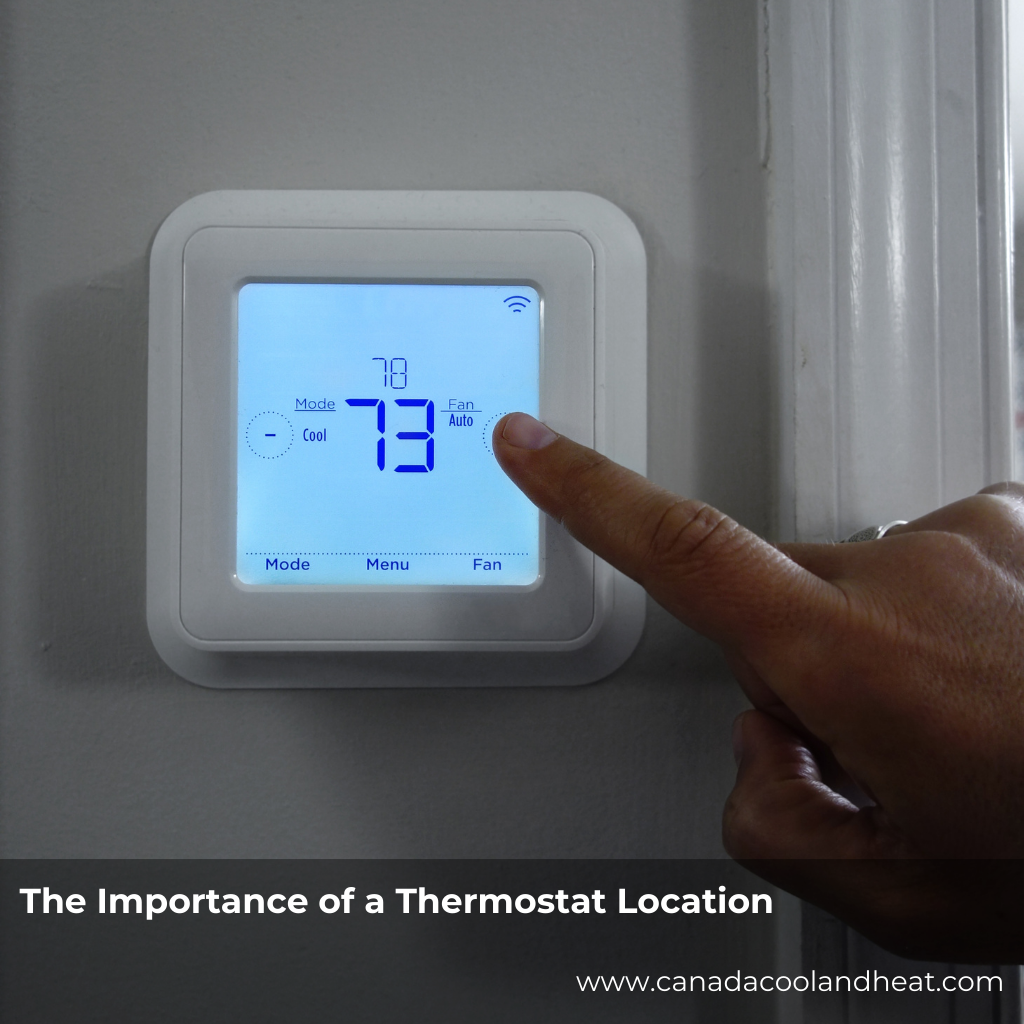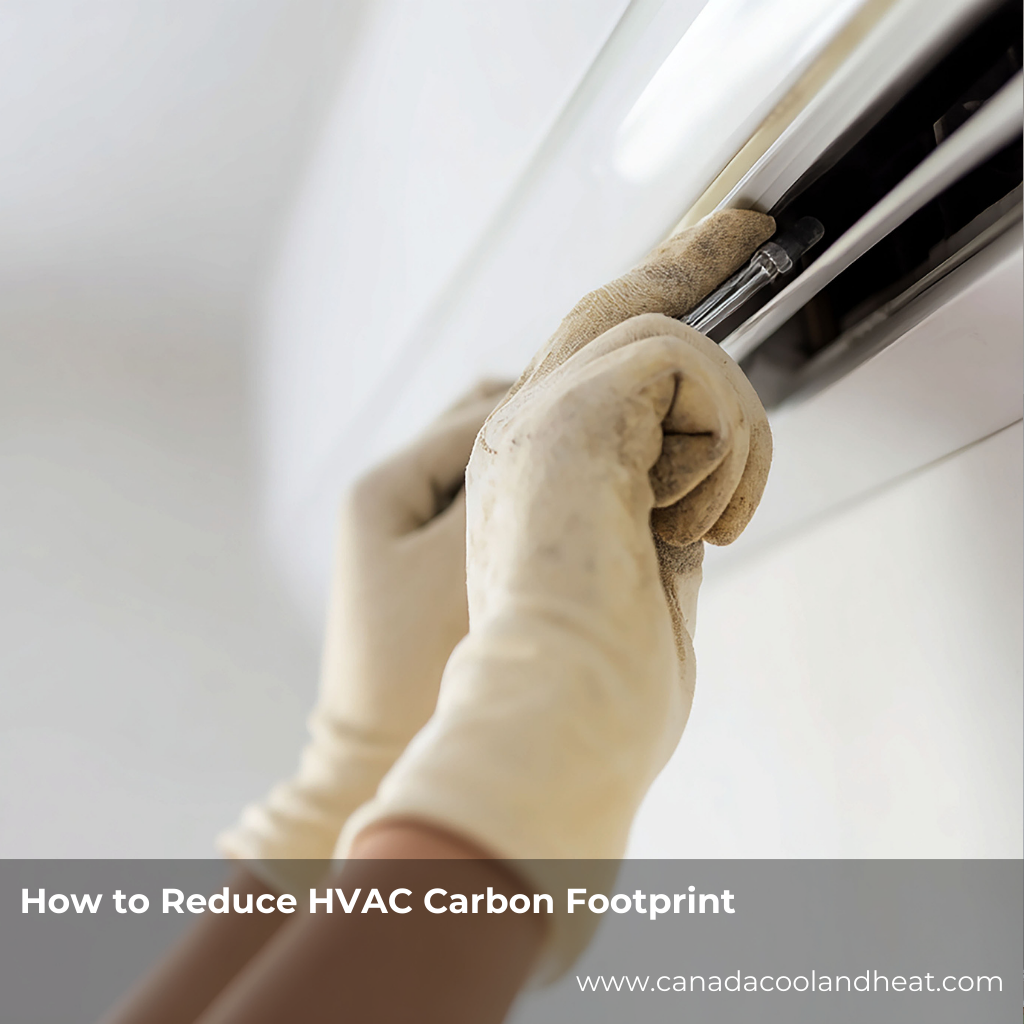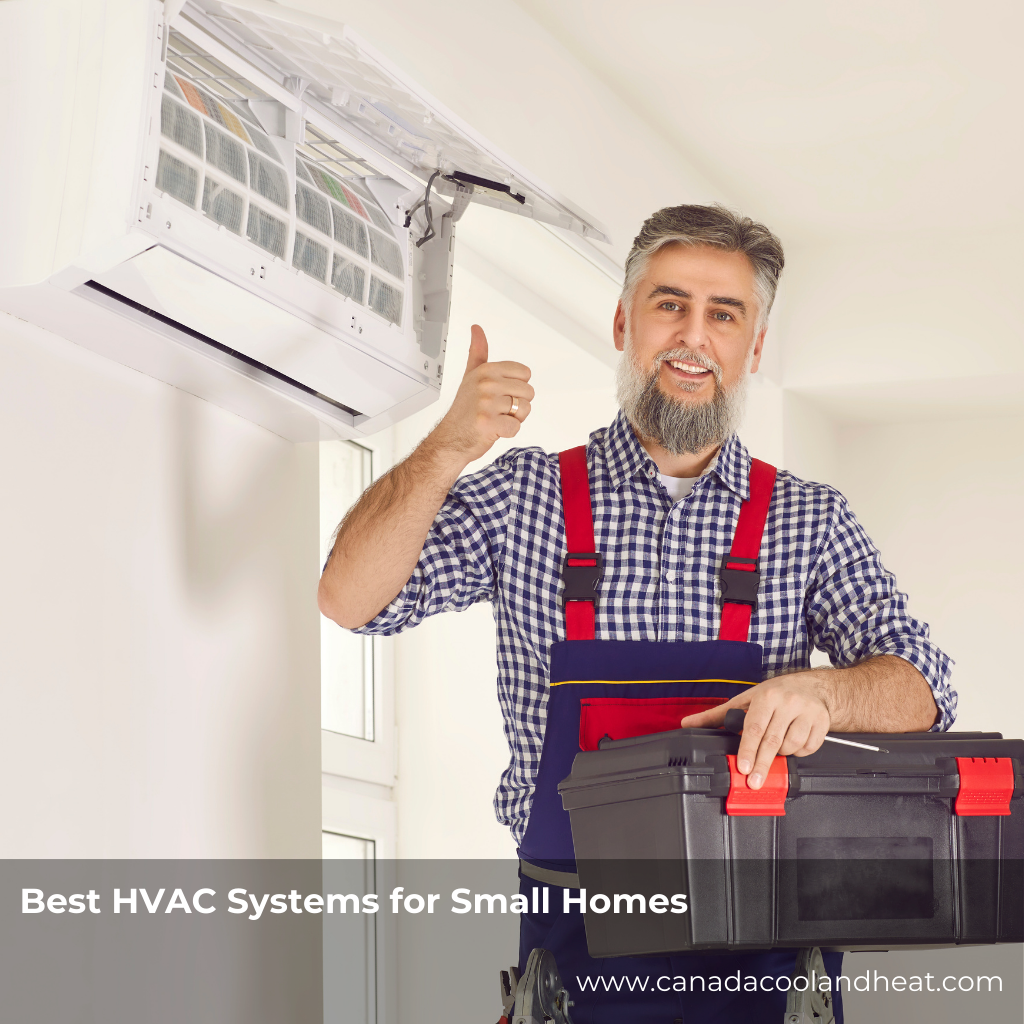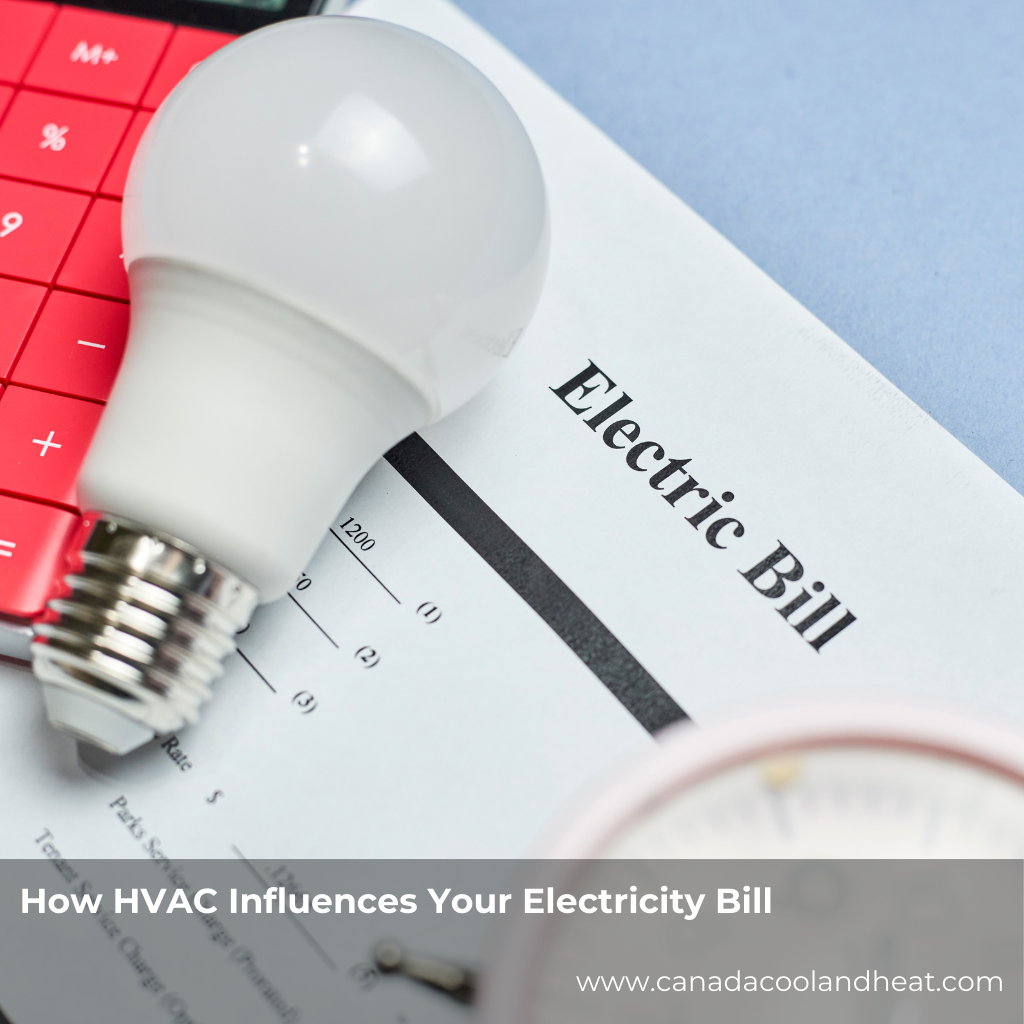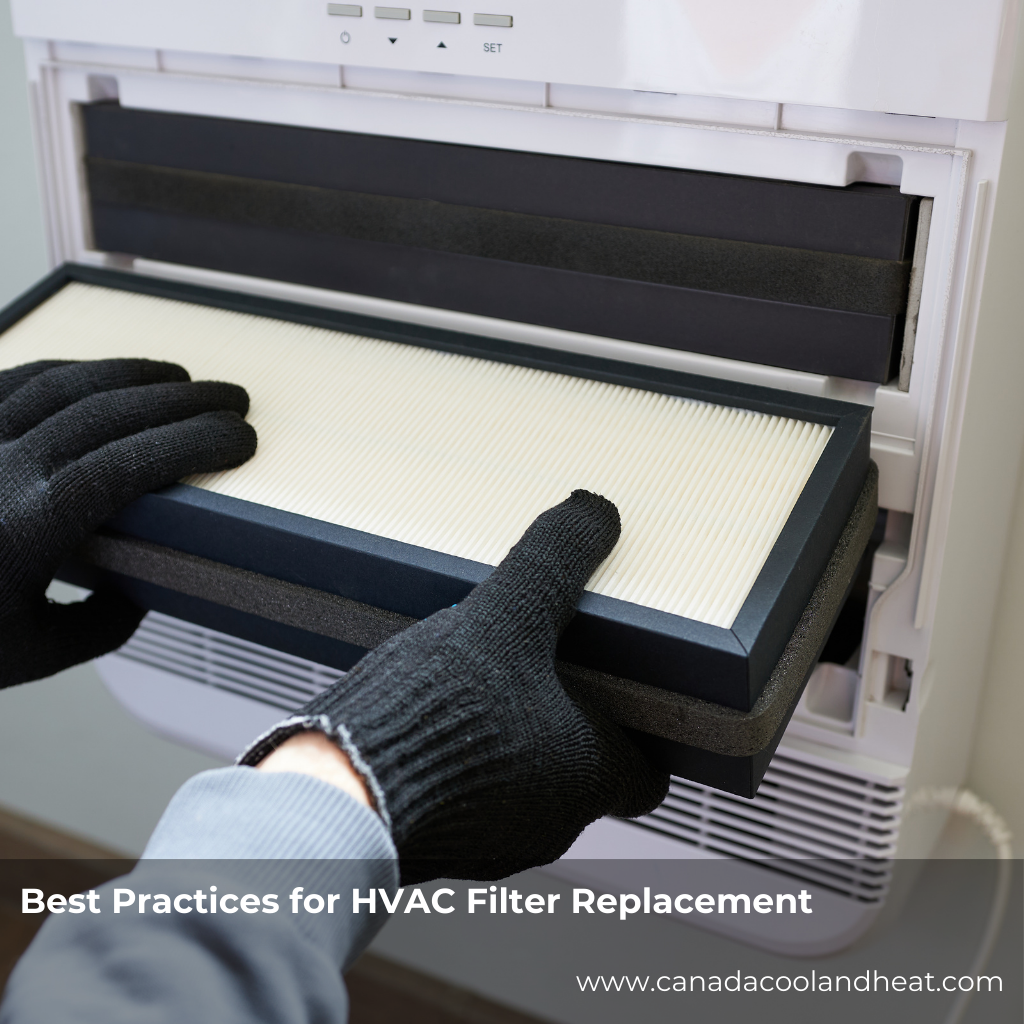Why Proper Ventilation Matters
Think of your kitchen as a small chemistry lab. Every time you cook, heat breaks down fats, oils, and proteins, releasing particles into the air. Without good ventilation, these linger, sticking to your walls, cabinets, and even entering your HVAC system.
Proper ventilation does three things:
-
Removes contaminants like smoke, grease, and steam.
-
Protects HVAC efficiency by preventing buildup in ducts.
-
Improves comfort and health by controlling heat and indoor air quality.
UV lights inside an HVAC unit can help neutralize microbes like mold or bacteria. But they don’t remove smoke, grease, or cooking odors. For kitchens, vent hoods are still the heavy lifters.
How Range Hoods Affect HVAC Balance
A range hood doesn’t just whisk away steam; it changes the airflow inside your building. Think of it as a giant straw pulling air out of the kitchen. The stronger the suction, the more outside air needs to flow back in to balance pressure.
If this isn’t planned carefully, problems can arise:
-
Negative pressure: A powerful hood with no make-up air can actually pull air back down chimneys or flues.
-
Energy waste: Over-ventilating means your HVAC system works harder to heat or cool replacement air.
-
Uneven comfort: Some rooms may feel drafty or too hot while the kitchen feels cool.
For homes, this imbalance is minor but noticeable — especially in open-concept designs. In commercial kitchens, where hoods can move thousands of cubic feet of air per minute, balancing HVAC is mission-critical.
Sizing Guidelines for Vent Hood HVAC Kitchens
Sizing your hood isn’t about guesswork. It’s about airflow math. Here are some friendly rules of thumb:
1. Residential Kitchens
-
Electric ranges: 100 CFM per foot of cooktop.
-
Gas ranges: 150 CFM per foot (gas produces more heat and combustion gases).
-
Wall-mounted hoods: Should extend at least 3 inches past burners on each side.
2. Commercial Kitchens
-
Light-duty cooking (e.g., steaming, ovens): 150–200 CFM per linear foot of hood.
-
Medium-duty (e.g., grills, ranges): 200–300 CFM per linear foot.
-
Heavy-duty (e.g., wok, charbroil): 300–400+ CFM per linear foot.
3. Make-Up Air
-
For every cubic foot of air vented, roughly the same amount should be supplied back into the kitchen.
-
In large kitchens, this is handled with dedicated make-up air units that heat or cool incoming air.
-
In homes, smaller vents or passive returns can keep balance without creating drafts.
The Role of UV Lights in All This
So, where do HVAC UV lights fit? Think of them as an extra layer of air treatment — not a replacement for ventilation.
-
They help with microbes: UV lights can break down bacteria, mold, and viruses circulating in HVAC ducts.
-
They don’t handle grease or smoke: UV won’t touch the byproducts of frying, searing, or baking.
-
Best as a partner system: In kitchens, UV can keep ductwork cleaner and improve air quality, but the hood is still king.
In short: UV lights are effective for sanitizing the air inside your HVAC, but they don’t solve the core challenges of cooking ventilation.
Practical Tips for Homeowners and Restaurant Owners
-
Check your hood size: Make sure it’s properly matched to your range.
-
Maintain filters: Clean grease traps monthly; clogged filters make hoods noisy and ineffective.
-
Balance your HVAC: If your home feels drafty when the hood runs, you may need a small make-up air solution.
-
Use UV strategically: Great for overall indoor air quality, but not a shortcut to proper venting.
Conclusion
When it comes to clean, breathable air in kitchens, the story starts with vent hoods and HVAC balance — not just UV lights. While UV lamps can be effective at sterilizing the air inside your ducts, they don’t replace the need for properly sized and balanced ventilation.
Think of UV lights as a supporting actor, while the vent hood is the star of the show. Together, they help keep the air healthier, the HVAC system more efficient, and your kitchen a fresher, more comfortable place to cook.
FAQs
1. Do HVAC UV lights clean cooking smoke?
No, UV lights don’t remove smoke or grease. They target microbes inside ducts.
2. How do I know if my vent hood is big enough?
Measure your cooktop. Multiply by 100–150 CFM per foot for homes. For commercial, follow duty-rating guidelines.
3. Can a vent hood be too powerful?
Yes. Oversized hoods can cause negative pressure unless you have proper make-up air.
4. Do I need UV lights if I already have a vent hood?
Not required, but they can improve air quality by reducing mold and bacteria in the HVAC system.
5. What’s the difference between ducted and ductless hoods?
Ducted hoods vent air outside (best for HVAC balance). Ductless hoods recirculate air through filters, which may not remove all contaminants.
6. How often should I clean vent hood filters?
At least once a month in busy kitchens; every 2–3 months for light use.
7. What happens if my HVAC isn’t balanced with the hood?
You might feel drafts, have poor temperature control, or even risk backdrafting combustion appliances.
8. Do UV lights save money on energy bills?
Indirectly. They keep coils and ducts cleaner, helping HVAC efficiency, but the savings depend on use and maintenance.

